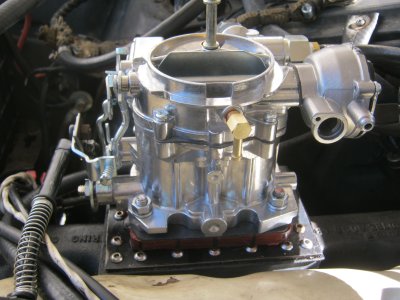customline
New member
I have a question - if an engine of a given size has a requirement of, say 250cfm …… does it matter if it gets it from a carburetor rated to flow at 250cfm whether it is 1, 2, or 4 barrels? I have seen things implying that a two barrel specifically is preferred over a one barrel due to the larger Venturi area…. So my question is if it is really a matter of air requirement, wouldn’t it be the same so long as it is getting the required cfm of air/ fuel?


